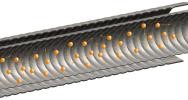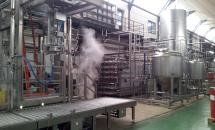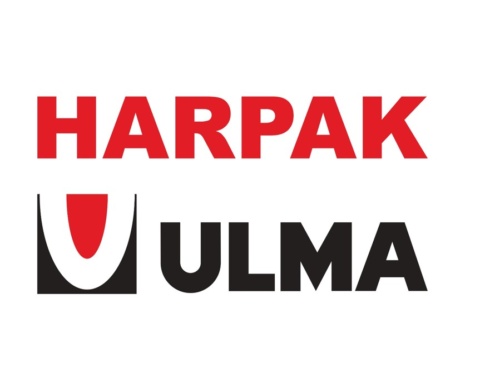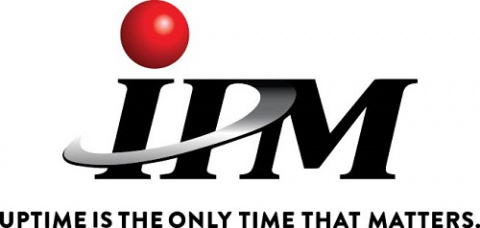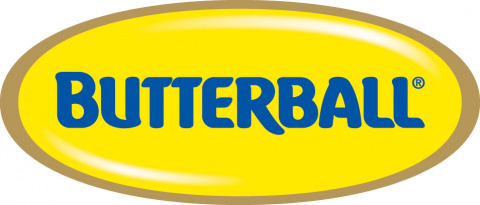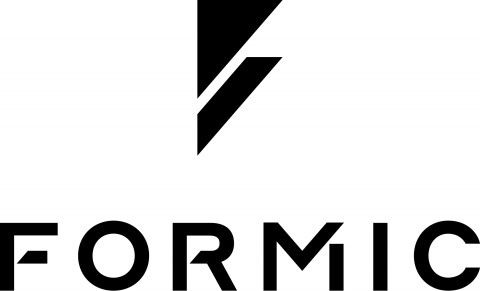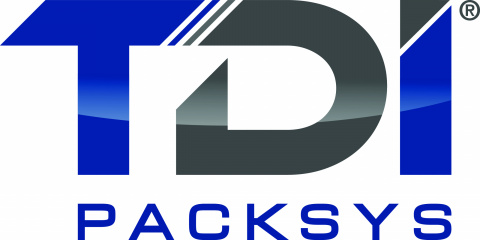
Content from FPSA Member: HRS Heat Exchangers
Despite long term declines in demand, the US orange juice market is forecast to be worth almost $4,797 million this year as each person drinks their way through 15.2 pints of orange juice in 20181. In fact, OJ is still the biggest source of fruit in the US diet2, and while consumption has fallen, the average price per unit continues to rise as sales move from frozen and canned products to fresh and not-from-concentrate drinks. With chilled products in particular attracting premium customers, the most effective technique to help satisfy discerning consumers is ‘flash pasteurization.’
Whether fresh or from concentrate, with or without added sweeteners or pulp, the challenge for manufacturers is the speed in which the flavor and quality alters and deteriorates after the orange is squeezed. Like any fruit, oranges are perishable commodities and need to be pasteurized to stop the product spoiling. If there is to be an acceptable shelf life, the juice has to be pasteurized to destroy microorganisms and stop enzymatic activity.
There are various ways to delay these chemical changes. At HRS Heat Exchangers, thermal treatment, also known as ‘flash pasteurization’, is the preferred technique for making premium quality juice. “Oranges are complex fruits,” explains Matt Hale, International Sales and Marketing Director at HRS. “The flavor and quality is determined by hundreds of compounds, among them limonene, pectin methylesterase (PME), hydroxymethylfurfural (HMF) and ascorbic acid (vitamin C). What’s more, the exact composition varies according to the type of orange, climatic conditions and ripeness when picked.”
Chemical changes begin to occur as soon as juice is squeezed. Some compounds react with oxygen in the air; others are affected by enzymes that are released during squeezing. With oranges containing natural yeasts, squeezing triggers fermentation which results in the multiplication of any bacteria present.
Critics of pasteurization argue that the process destroys the flavor of juice and alters the nutritional value. However, by minimizing the thermal treatment time, HRS is assisting juice production plants to optimize juice quality and taste.
The HRS series of MI/MR Pasteurizers uses a food-grade multi-tube corrugated tube heat exchanger to speed up the heat transfer in pasteurization systems. These corrugated tubes create extra turbulence in the fluid as it flows through the tubes.
Matt explains more: “The result of this extra turbulence means that the orange juice can be heated up to pasteurization temperature much faster – typically by up to 30%. Critically, heat velocity should be carefully considered because the longer it takes the greater the effect on the product and quality will deteriorate. The temperature of the heating media can affect quality too – the hotter the heating media, the more damage the hot tubes inside the pasteurizer will have on product quality.”
Because of the high heat transfer rates of the corrugated tube technique, HRS’s pasteurization systems use water at a lower temperature to reduce the risk of product damage. Another benefit of higher heat transfer rates is that system footprint can be reduced using shorter heat exchanger pipes. The shorter length of the heat exchanger also results in a reduction in pressure drop, which saves pumping power and further reduces energy costs – often by 40%.
System lifespan is also greater using the HRS technology. The corrugated design/profile of the inner tube helps reduce product fouling – it disrupts the fluid boundary layer and creates higher velocity and turbulence – as the juice travels around the system it’s less likely to stick to the tube wall causing corrosion and lack of performance (leading to increased downtime and maintenance costs, expensive replacement parts and reduced system lifespan).
In the system, water carrying the recycled heat energy travels in the space between the inner and outer tubes and flows in the opposite direction to the juice. The fact that the two liquids are travelling in opposite directions boosts the maximum amount of heat transfer due to a mechanism called countercurrent exchange as Matt explains: “Countercurrent creates a
declining difference in temperature (helping heat transfer) whereas in concurrent (where heated and heating elements are side by side, as in a tank and jacket system) the initial difference is higher but quickly levels off. The HRS system pumps the juice and heating and cooling water around the exchanger, which further boosts the maximum heat transfer achievable.”
1 Statistica. https://www.statista.com/statistics/660680/market-share-top-refrigerated-orange-juice-brands-united-states/
2 Washington Post 09-20-2017: https://www.washingtonpost.com/news/wonk/wp/2017/09/20/hurricane-irma-may-speed-the-end-of-orange-juice-americas-biggest-source-of-fruit/?utm_term=.c2d797ee49c8\
About HRS Heat Exchangers
Headquartered in the UK, HRS Heat Exchangers Ltd operates at the forefront of thermal technology, offering innovative and effective heat transfer solutions worldwide, across a diverse range of industries. With over 35 years’ experience, we specialize in the design and manufacture of an extensive range of tubular, corrugated and scraped surface heat exchangers. All our products comply with the ASME standard. HRS has a network of offices throughout the world: Spain, USA, Malaysia, Australia and India; with manufacturing plants in the UK, India and Spain.
For media enquiries about HRS Heat Exchangers please contact:
Yenni Maelianawati, Digital Marketing Manager, HRS House, 10-12 Caxton Way, Watford Business Park, Watford, Hertfordshire
WD18 8JY, UNITED KINGDOM
Tel: +44(0)1923 232 335
Email for publications: info@us.hrs-he.com
www.hrs-heatexchangers.com



